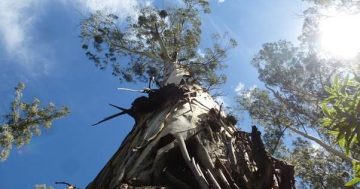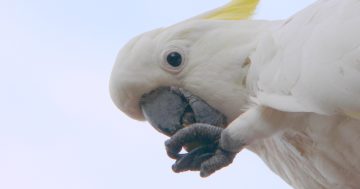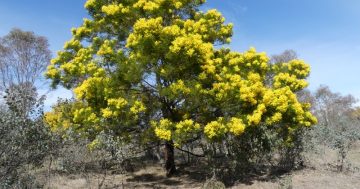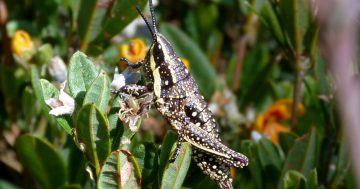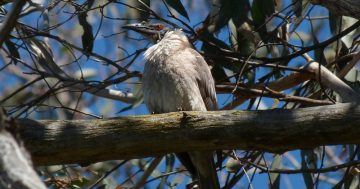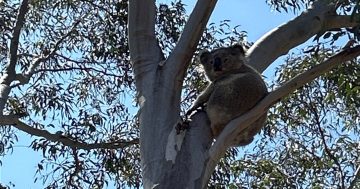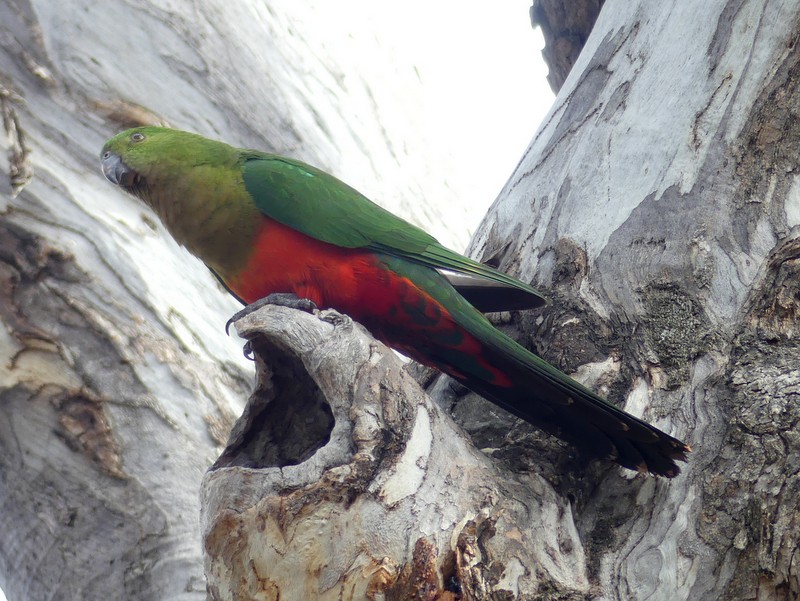
Female King Parrot at a nesting hollow in an ancient Blakely’s Red Gum, Mulligans Flat Nature Reserve. Photo: Ian Fraser.
Any drive out of Canberra or a walk on the flat ground around the hill reserves will take us into the remnants of what was once a vast and biologically rich grassy woodland habitat that stretched west of the ranges from southern Queensland to Victoria.
Huge ancient Red Gums and Yellow Boxes, hundreds of years old, were scattered so their canopies barely touched over a full age range of younger trees. They pulsed and flashed with animal life.
Today, these same woodlands are the most depleted and least protected of the major south-eastern habitats. The deep soils attracted graziers with their vast herds and flocks, different burning practices and then the plough. None of the old grasslands, animals or plants could survive ploughing.
The ACT, however, has some of the largest (though still modest) grassy woodland reserves anywhere, especially in the Mulligans Flat/Goorooyaroo complex to the north of Canberra, and other non-hilly reserves like Kama and Callum Brae. But there are also important woodland remnants around the fringes of the Canberra Nature Park hill reserves where the edge of the plains meets the lower slopes of the hills.
I like to say that the grassy woodlands are to Canberra as the rainforests are to Cairns. (No, not as spectacular of course, but nonetheless special and ‘Canberra-typical’.)
Red Gums (specifically Blakely’s Red Gum) are not particularly red, but they were valued and named, as trees often were, for what was under the bark, and the hardwood there is certainly red.
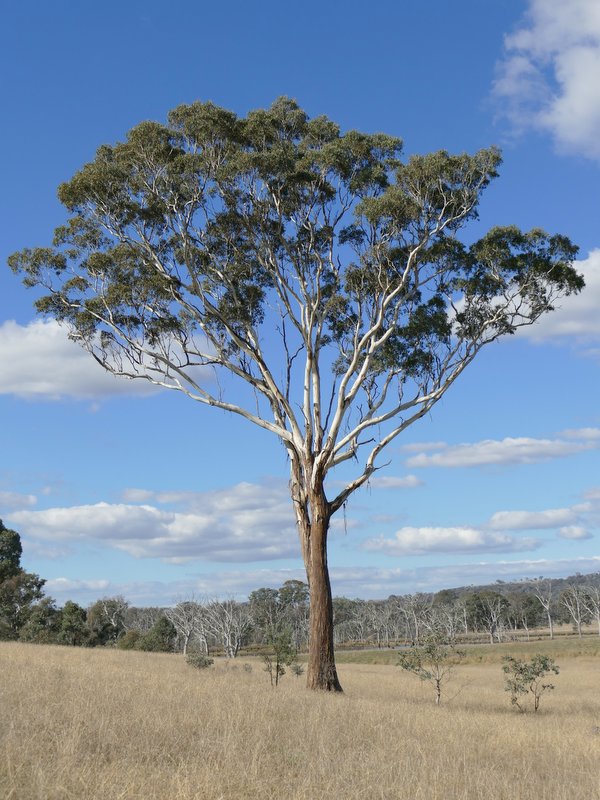
Old Yellow Box, Mulligans Flat Nature Reserve. Photo: Ian Fraser.
Yellow Box actually does often have a yellowish tint to the rough fibrous bark. A gum is a eucalypt with smooth bark and the red gums are creamy white with reddish blotches.
Our woodland red gums are closely related to the much more famous River Red Gums, which are found along stream lines, both flowing and dry, across most of inland Australia. Box eucalypts generally have rough bark, and Yellow Boxes mostly have fibrous or flaky bark for at least the length of the trunk, though they are quite variable and can be confusing.
Together, they dominated the woodlands locally, and they still provide most of the surviving paddock trees around Canberra, generally widely scattered and without any of their original understorey.
However, these old trees still provide valuable habitat in the form of hollows for nesting birds, possums, bats and numerous smaller animals. In flower, they provide a rich source of energy in the form of nectar for flocks of lorikeets and honeyeaters as well as swarms of native insect pollinators. Indeed, the second part of Yellow Box’s formal name, Eucalyptus melliodora, means ‘honey-scented’.
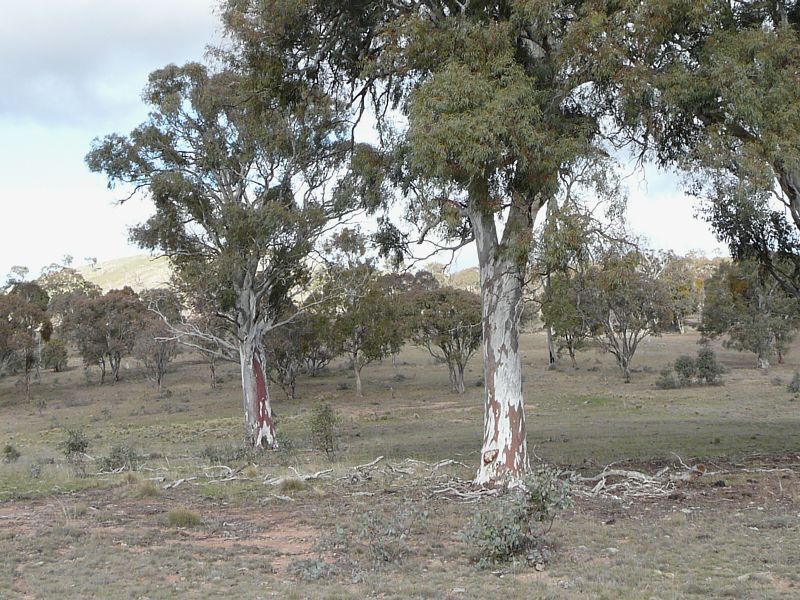
Blakely’s Red Gums in woodland in the north of the ACT. Photo: Ian Fraser.
Blakely’s Red Gum Eucalyptus blakelyi honours a very accomplished amateur who became a major name, in his quiet way, in Australian botany.
William Faris Blakely began work as a gardener at the Royal Botanic Gardens in Sydney in 1900. In 1913, he was promoted to the herbarium where he worked as a botanist (without any formal studies as far as I can tell) until 1940, shortly before his death.
His particular specialty was eucalypts, and he worked on them with his mentor and sponsor, the eminent Joseph Maiden, who named the red gum for him in 1917. I find the story inspiring, and I hope that a dedicated amateur could still make such an impact today.
It takes at least a hundred years for one of these woodland trees to form hollows for nesting birds and other animals, and perhaps twice that for the sort of hollows that the big cockatoos need. So, while we should always be planting trees, shrubs, ground covers, and grasses to replace what is lost, it is a cruel hoax to claim that such planting can compensate for the loss of an old (pre-European) eucalypt. Birds can’t wait a century for them to be ready. Of course, we need new suburbs, but we can be a lot more committed and creative in leaving as many old trees as possible and fitting the suburb around them. We all benefit from that.
Meantime, take a moment to respect and enjoy some of the old-timer survivors of our woodlands – there are still quite a few even in inner suburbia, including as street trees in places.
Ian Fraser is a Canberra naturalist, conservationist and author. He has written on all aspects of natural history, advised the ACT government on biodiversity and published multiple guides to the region’s flora and fauna.
Original Article published by Ian Fraser on Region Canberra.



